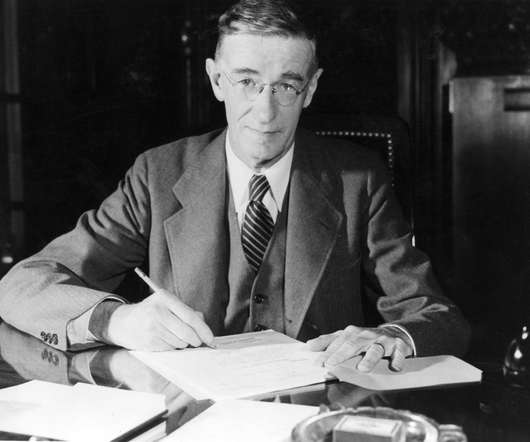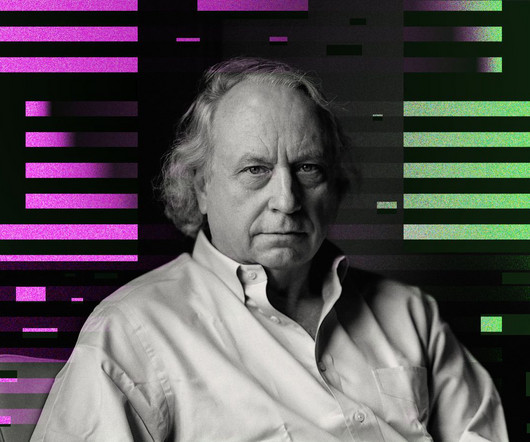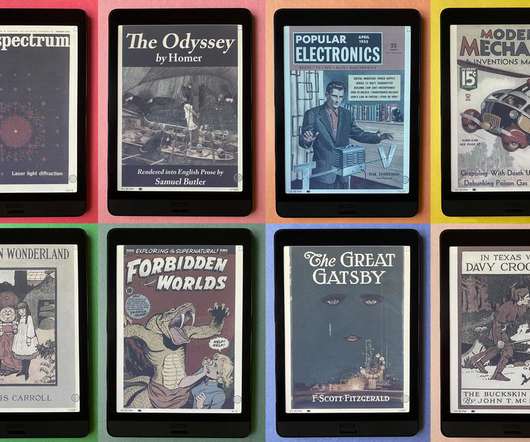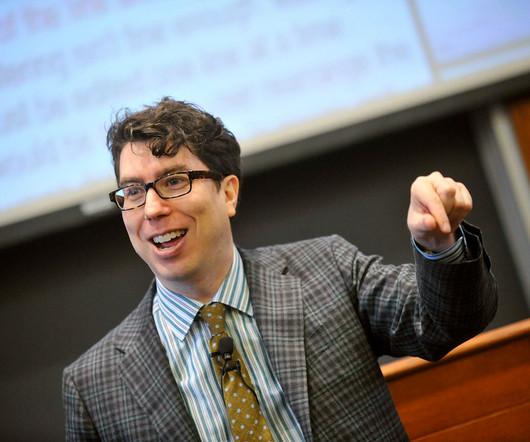Celebrating the Life of Columbia Professor Stephen Unger
Cars That Think
AUGUST 8, 2023
in EE from MIT in 1953 and 1957, respectively. He published three books on the topic, including Controlling Technology: Ethics and the Responsible Engineer. He wrote several papers on ethics and technology, as well as computer science, and he penned articles for IEEE Technology and Society Magazine and The Institute.















Let's personalize your content